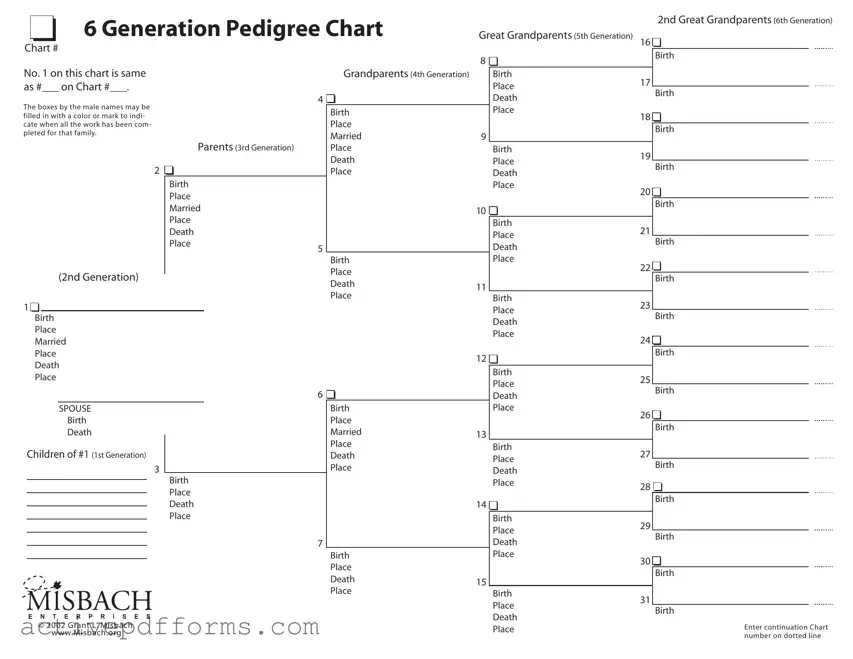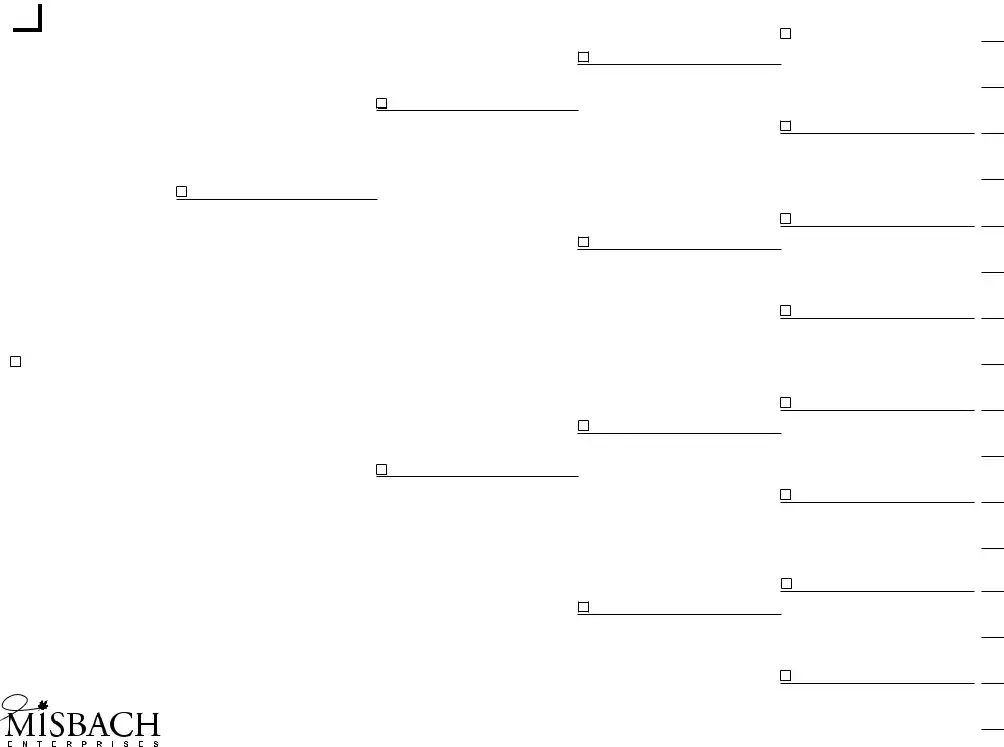In the world of genealogical exploration, the Pedigree Chart emerges as a fundamental tool, guiding enthusiasts and researchers alike through the intricate web of familial connections. This form, often embraced for its methodical approach to tracing lineage, captures the essence of ancestral history, allowing individuals to visualize the links that bind generations. As a structured document, it meticulously charts out ancestors, offering a clear lineage path usually up to four or five generations. Not only does it serve as a visual representation of an individual's heritage, but it also acts as a critical piece of documentation in genetic research, where understanding familial connections can be pivotal. Its importance is further magnified in legal contexts, where proof of lineage might be required. From a layman seeking to uncover their roots to professionals in genealogical research, the Pedigree Chart is an indispensable asset, encapsulating the rich tapestry of familial ties that define personal history.

